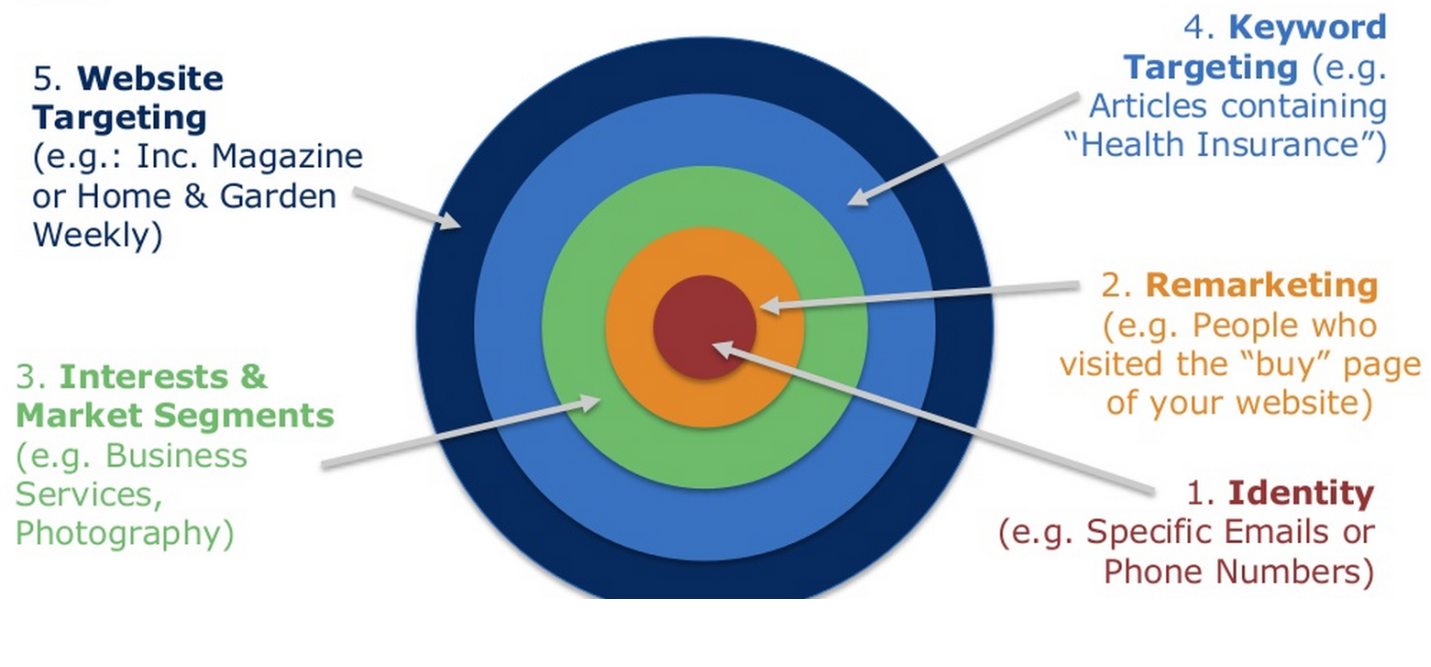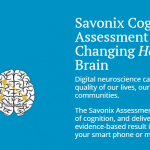By Josh Dreller VP, Product Marketing at 4C
Consumers are signaling that they’ve had enough. Ad blocking software is being downloaded in droves. During the past twelve months, the number of people globally blocking ads grew 41 percent, according to a recent report commissioned by Adobe.
Though only 9 percent of people in the U.S. are currently blocking ads, the trend should be worrisome to advertisers. The ad blocking rate nearly doubles to 16 percent for younger internet users ages 18-24. In Europe, more consumers already take advantage of methods to eliminate digital ads with 27 percent of people in France and 24 percent in Germany blocking ads, estimates comScore Inc. and Sourcepoint.
People are justified in being fed up. The root of this issue can be tracked back to the early days of digital advertising when flashing aliens and out-of-control malware would overrun websites and crash browsers. From the beginning, poor ad standards unleashed disruptive ads that just wouldn’t take no for an answer.
Historically, bad targeting tactics added insult to injury, bombarding consumers with messages that weren’t relevant to them. Today, Americans can list plenty of reasons why they’d consider using ad blocking software: 59 percent think there are too many ads, and 50 percent are sick of seeing the same ad according to a recent survey by Unruly.
The business impact of ad blocking could quickly become massive. If consumers keep dropping out of the digital ad economy, it will undercut digital publishing. Already, ad blocking will cost global publishers an estimated $22 billion this year, a number that’s expected to nearly double next year, according to the Adobe report. Without ad revenue, sites and services that are now free might be forced to start charging consumers. The amount of quality content online could shrink, with much of it ending up behind paid subscription walls.
I think about the great content I consume daily from Facebook, Twitter, YouTube, ESPN.com, Quartz, and other free sites. Would I be willing to pay $9.99 a month to access each of these sites? Alone, they would each be worth it, but I doubt I would pay the hundreds of dollars a month it would require to subscribe to all of those sites if required.
Just as technology helped create this problem, it can help solve it. For instance, rather than locking viewers into watching ads, YouTube and other video services let folks skip, empowering consumers to decide which ads they watch while algorithms learn to improve the ads it delivers.
Or consider targeting. Better targeting, rather than simply more targeting, can go a long way toward winning consumers over. Consider that millennials, big adopters of ad blocking software, don’t reject all ads as pointless. Some 52 percent of millennials say that social media ads are relevant to them, according to researcher eMarketer.
The trick, then, is creating ads that mean something to consumers. Social data is the key to making that possible. Technology makes it possible to harness trillions of social media data points, allowing advertisers to uncover unexpected and more relevant interests than other types of advertising or targeting. That means fresher creative insights that enable advertisers to make content more relevant and deliver it in a personal way to new consumers. Additionally, syncing ads across TV and second screens can help drive both relevance and resonance.
That’s a real win for all stakeholders. Consumers don’t hate advertising – think about how we happily share ads we like on social media or how Super Bowl ads are as much a topic of conversation as the game. What people hate is advertising that’s considered annoying because it’s irrelevant or worn-out.
Dishing up digital ads based on a data-driven, insight-based understanding of them is a far cry from haphazardly bombarding them. With the right technology, advertisers can deliver the right ads to the right people. By stepping back and considering the smartest, most targeted way to reach out to consumers, advertisers can create a better, all-around digital experience.
The rise of ad blocking is a chance for advertisers to consider how to use this trend to their advantage. Blocking ads may seem like a short-term solution for convenience, but in the end the consumer is missing out on strategically delivered and relevant information. Smarter targeting, activated mindfully will ensure consumers are happy and they keep their content free, too.
Main image credit: Business2Community



